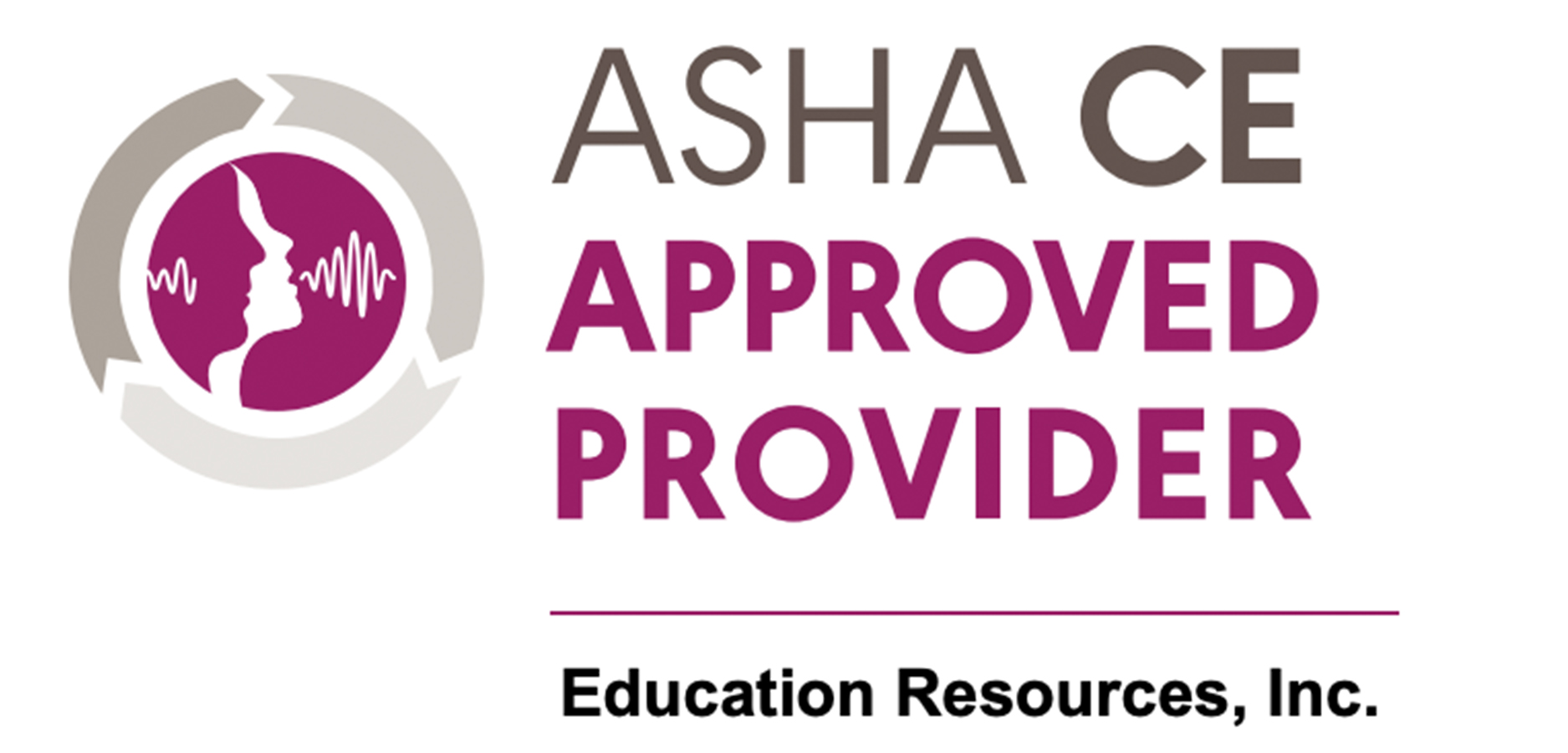This session is part of two comprehensive:
Birth to Three Annual Conference PROGRAM A – ON-DEMAND
and
Birth to Three Annual Conference – ON-DEMAND
COURSE DESCRIPTON:
Changes in the thoracic cage (rib cage, shoulder girdle complex, and upper extremities) can have profound effects on oral, pharyngeal, and respiratory function as well as head and neck control, pelvis/hips/lower extremities alignment and function in typically developing infants as well as infants and young children with neuromotor system challenges. A comprehensive clinical assessment of feeding and swallowing in an infant or young child must include examination/evaluation of more than oral and pharyngeal function alone but must identify impairments of body structures and function in other body systems that may need to be addressed because of their influence on a child’s progress in achieving the feeding and swallowing functional outcomes delineated in the plan of care. The World Health Organization’s International Classification of Functioning, Disability, and Health (ICF model) regarding functional activities and limitations, participation and participation restrictions, and body structure and function integrities and impairments as they relate to the evaluation and treatment of feeding and swallowing in infants and young children will be discussed. The identification of impairments and the implementation of strategies that can be incorporated into treatment to address these specific impairments in body alignment, respiratory function, and oral and pharyngeal function for improved feeding and swallowing function will be presented using case discussions and group labs/problem-solving.
LEARNING OBJECTIVES:
- Apply the feeding and swallowing function in infants and young children with neuromotor system challenges to the International Classification of Functioning, Disability, and Health (ICF model).
- Determine which impairments in thoracic cage alignment, mobility, and musculature activity in infants and young children with neuromotor system challenges impact postural alignment, respiratory coordination, and oral and pharyngeal function during feeding and swallowing, play, and general movement activities.
- Formulate treatment strategies that address specific impairments in thoracic cage alignment, mobility, and musculature activity in infants and young children with neuromotor system challenges that will impact on oral, pharyngeal, and respiratory coordination function for improved feeding and swallowing function.
AUDIENCE:
Birth to three therapists including OTs, PTs, SLPs, and Special Educators. Practice settings to include: Outpatient – hospital, Outpatient – private practice, Early intervention/home care and Outpatient – treatment intensives.
COURSE OUTLINE:
Evaluation and Treatment of Feeding and Swallowing Function in Infants and Young Children: Applying the ICF
Structures of the Thoracic Cage
Significant Musculature of the Thoracic Cage/Mouth/ Pharynx
Typical Development Focusing on Thoracic Cage Alignment, Mobility, and Musculature Activity and Their Impact on Function: Birth -8/9 Months
Thoracic Cage Alignment, Mobility, and Musculature Activity in Infants/Young Children with Neuromotor System Challenges and their Impact on Function
Impairments in Thoracic Cage Alignment, Mobility, and Musculature Activity and Their Impact on Body Alignment, Respiratory Function, and Oral and Pharyngeal Function (Case Discussions)
Treatment Strategies to Address Impairments in Thoracic Cage Impairments for Improved Feeding and Swallowing Function (Labs/Discussions and Case Discussions)
Rona Alexander, PhD, CCC-SLP, BCS-S, C/NDT is a speech-language pathologist specializing in the assessment and treatment of oral, pharyngeal, feeding/swallowing, and respiratory coordination function in infants, children, adolescents, and young adults with primary neuromotor, musculoskeletal, and sensory systems impairments. She maintains a private practice; provides consultation services; provides short-term treatment intensives; and conducts workshops/courses/seminars/webinars on oral movement, oral sensory, pharyngeal, feeding/swallowing, and thoracic cage/respiratory coordination development, assessment, and treatment.
Dr. Alexander is an active advanced speech instructor in Neuro-Developmental Treatment (NDT). She has contributed chapters on oral, pharyngeal, feeding/swallowing, and rib cage/respiratory coordination function to numerous publications; is co-author of the book entitled, Normal Development of Functional Motor Skills: The First Year of Life; is author of the CEU product, Focus on the Rib Cage for Improvement of Respiration, Phonation, Movement, and Postural Control; and is co-developer of the CEU product, The ABCs of Pediatric Feeding and Swallowing.
DISCLOSURES:
Rona Alexander receives an honorarium from Education Resources, Inc., as well as royalty payments from Clinician's View and a co-author of the book published by The Hammill Institute on Disabilities.
Non-Financial: She is a member of the NDTA and the NDTA Instructor Group.
Once you purchase an online course you will have access to the course materials. If you have purchased this course, please ensure you have logged in to your account in order to take the exam.
Once you purchase an online course, you will have the opportunity to take an exam to test your retention of the material. If you have purchased this course, please ensure you have logged in to your account in order to take the exam. The exam must be completed with a pass rate of 80% or more in order to receive your certificate of attendance.
Continuing Education Hours for disciplines not listed below: 3 contact hours (0.3 CEUs). Intermediate level. License #______________.
Education Resources Inc. is an AOTA Approved Provider of professional development. Course approval ID# 11368. This Distance Learning-Independent Course is offered at 3 contact hours 0.3 CEUs (Intermediate Level, OT Service Delivery & Foundational Knowledge). AOTA does not endorse specific course content, products or clinical procedures. This course can be used toward your NBCOT renewal requirements for 3 units. Provider for the FL Occupational Therapy Association CE Broker for 3.5 CE Hours - approval #20-1305354. ASHA CE Provider (Intermediate level). This session applies 0.3 ASHA CEUs toward approval but must be combined with all Part A Sessions to receive ASHA CEUS. ASHA CE Provider approval and use of the Brand Block does not imply endorsement of course content, specific products, or clinical procedures. Approved by the FL Physical Therapy Association for 3.5 CE Hours - approval #CE25-1305354. This course has been approved by the MD State Board of Physical Therapy Examiners for 3 Continuing Education Hours. This session applies 3 CE hours toward approval but must be combined with entire course to receive approval by the MN Board of PT, #12965. Approval #2505-44 by the NJ State Board of Physical Therapy Examiners for 3 CECs. Approved sponsor by the State of IL Department of Financial and Professional Regulation for Physical Therapy for 3.5 contact hours. The Illinois Early Intervention Training Program has approved this event for 0.5 ATY, 0.5 TYP, 2 INT hours of EI credential credit in the area of Intervention. Approved provider by the NY State Board of PT for 3.5 contact hours (0.35 CEUs). This session applies 3 hrs. toward approval but must be combined with entire course to receive approval by the OH PT Association - Approval #25S1896. Education Resources is an approved agency by the PT Board of CA for 3 contact hours. This activity is provided by the TX Board of PT Examiners accredited provider #2210017TX for 3 CCUs and meets continuing competence requirements for PTs and PTAs licensure renewal in TX. Approved Provider for OK State Board of Medical Licensure & Supervision #BAP202310003. 3 hours of this course qualify towards the discipline-specific hours for the 20-hour requirement for NDTA re-certification. They do NOT qualify towards the 8-hour NDTA Instructor requirement for re-certification.
Education Resources Inc., 266 Main Street, Suite 12, Medfield, MA 02052 508-359-6533



